Description
This stack is designed to provide educators at every level with an understanding of the elements of good instruction that encourage the teacher in the role as facilitator of student-centered approaches that maximize authentic student learning in the classroom.
What You'll Demonstrate
You will demonstrate the essential components of facilitating student-centered instruction to impact student achievement.
Who Should Apply
- PK12 educators
- Instructional coaches
- Education support professionals
Micro-credentials

Asking Questions
The educator implements a lesson utilizing high-quality and varied question types and reflects upon the impact the questions have on student learning.

Collecting Academic Feedback
The educator creates a system to collect academic feedback and its impact on learners.
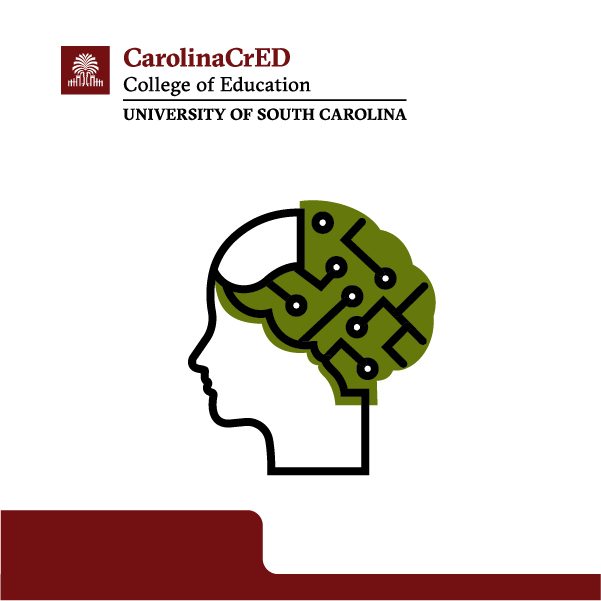
Demonstrating Educator Content Knowledge
The educator implements a lesson utilizing extensive content knowledge of the subject matter they teach and reflects upon the impact it has on student learning.
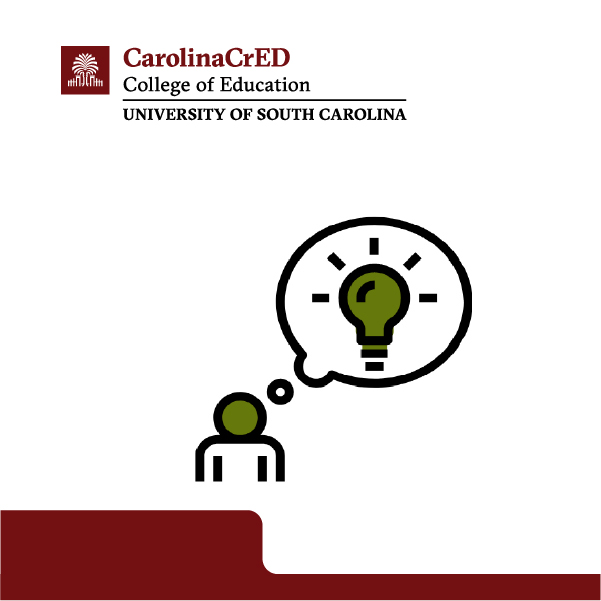
Engaging Students in Thinking
The educator provides evidence demonstrating students' engagement in multiple types of thinking, including analytical thinking, practical thinking, creative thinking, and research-based thinking.
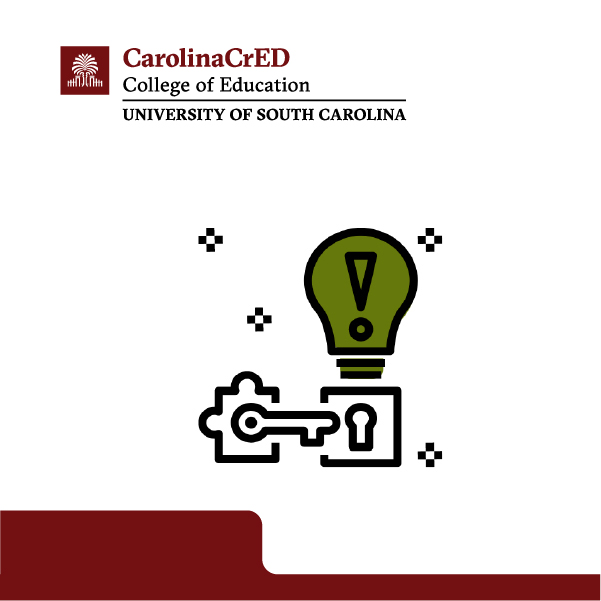
Engaging Students: Problem Solving
The educator provides evidence demonstrating students' engagement in at least three types of problem solving.

Grouping
The educator plans for grouping strategies that vary in group composition and are structured for students to know their roles, responsibilities, and work expectations.
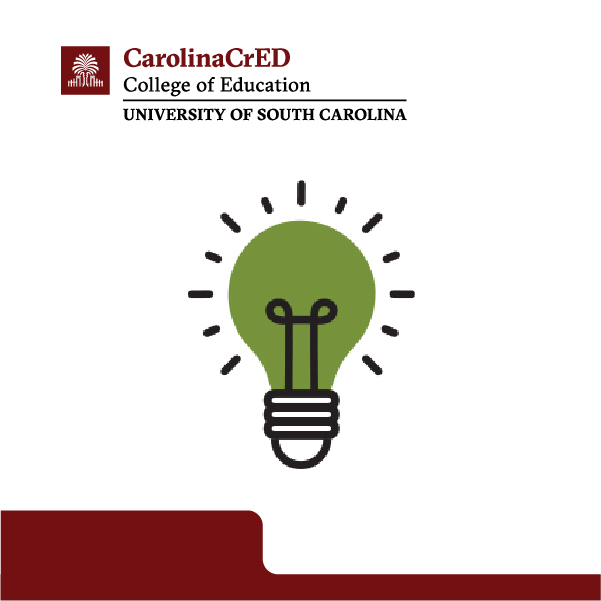
Motivating Students
The educator creates and implements strategies that engage students.
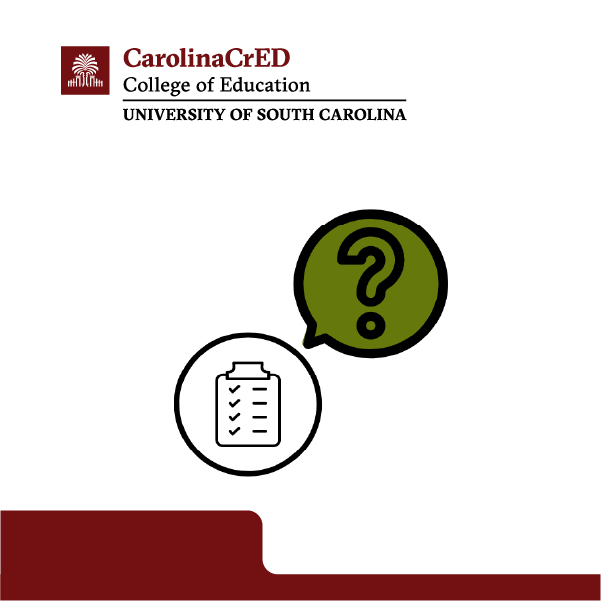
Planning for Questions
The educator plans question types that are varied and high quality for a lesson or a series of lessons and anticipates the responses the questions might elicit.

Presenting Instructional Content
The educator uses or creates instructional materials to present academic content in their learning environments.
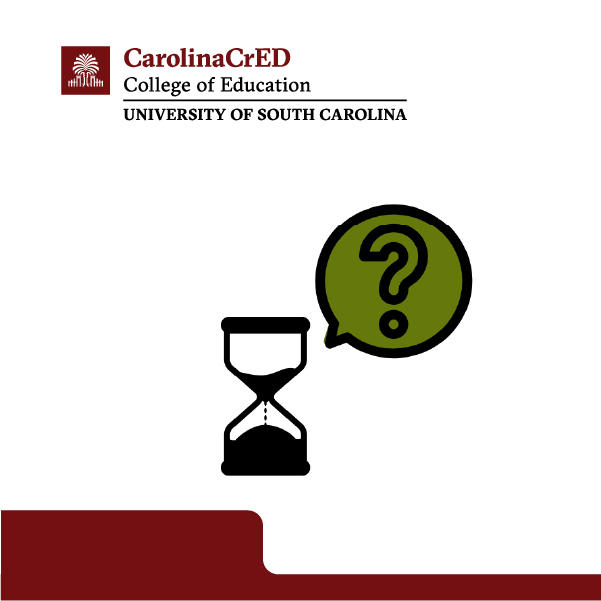
Questioning: Wait time
The educator plans for and effectively uses wait time during a lesson and reflects upon the impact wait time has on student learning.
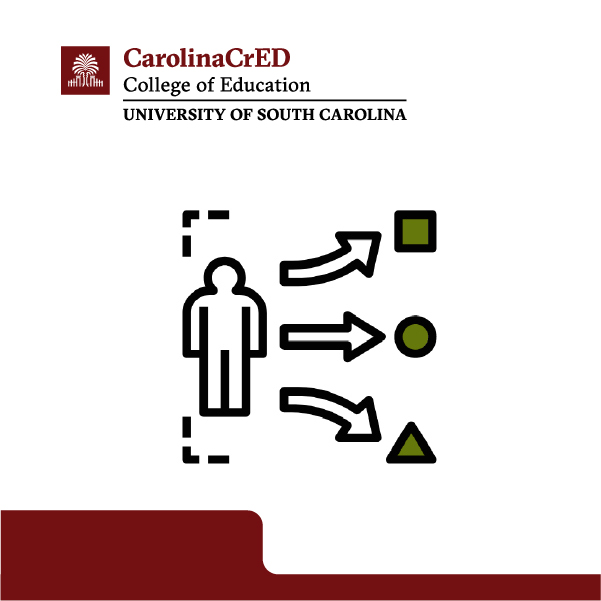
Selecting Activities
The educator develops a lesson plan including activities that support the lesson objectives, engage students, and elicit multiple types of thinking.
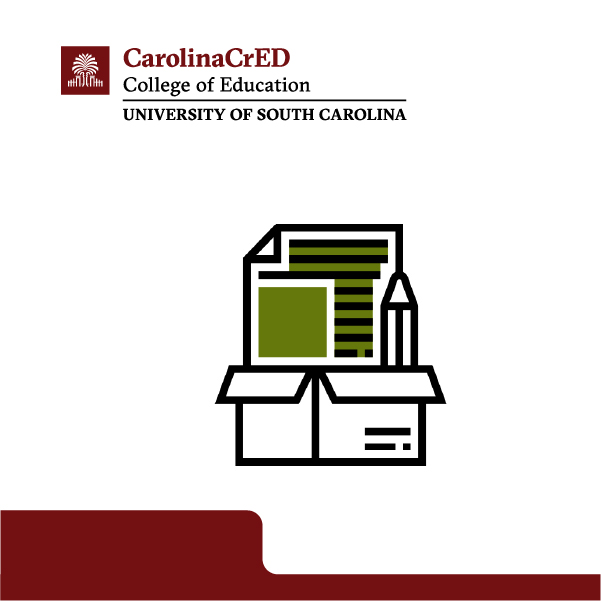
Selecting Materials
The educator develops a lesson plan including materials that support the lesson objectives, engage students, and elicit multiple types of thinking.
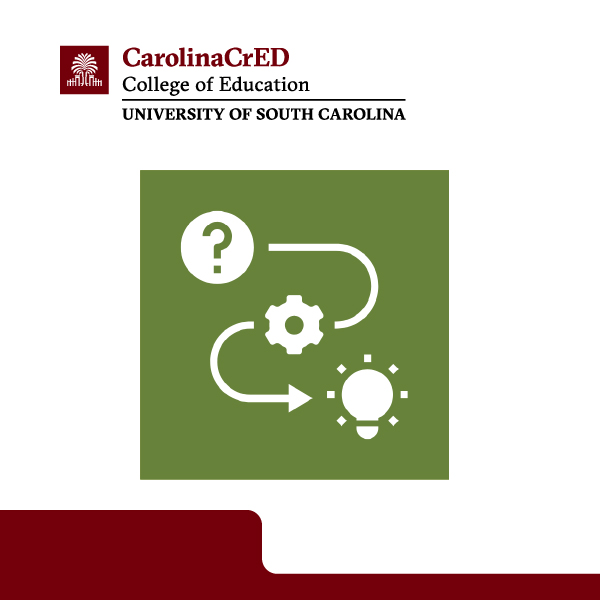
Implementing Problem and Solution Structure
The educator implements a writing mini-lesson demonstrating the identification and use of problem and solution structure to comprehend text.
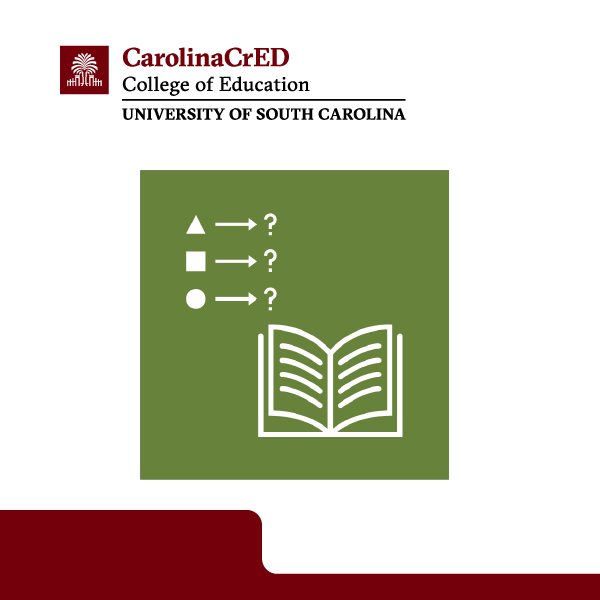
Teaching Cause and Effect Text Structure
The educator implements a writing mini-lesson demonstrating the identification and use of cause and effect text structure to comprehend text.
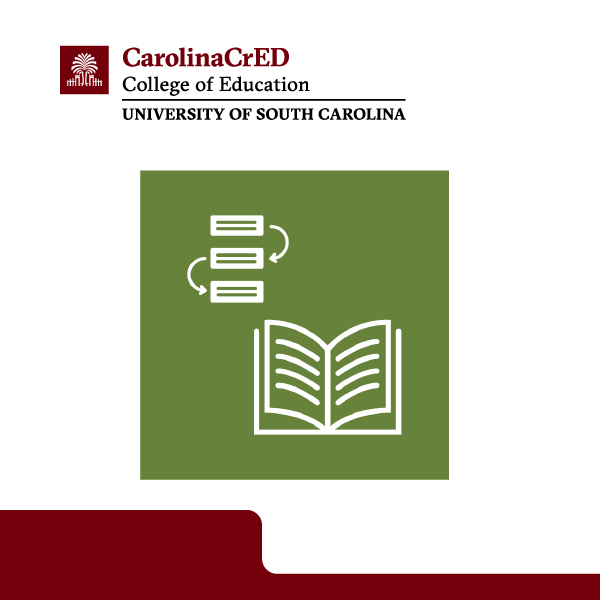
Teaching the Sequence Text Structure
The educator implements a writing lesson that demonstrates the identification and use of the sequence text structure to comprehend text.
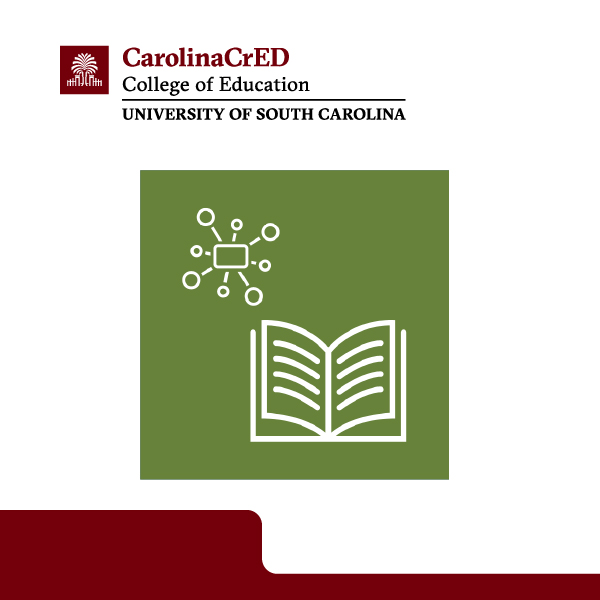
Teaching Descriptive Text Structures
The educator implements a writing mini-lesson that demonstrates the identification and use of descriptive text structures to comprehend text.
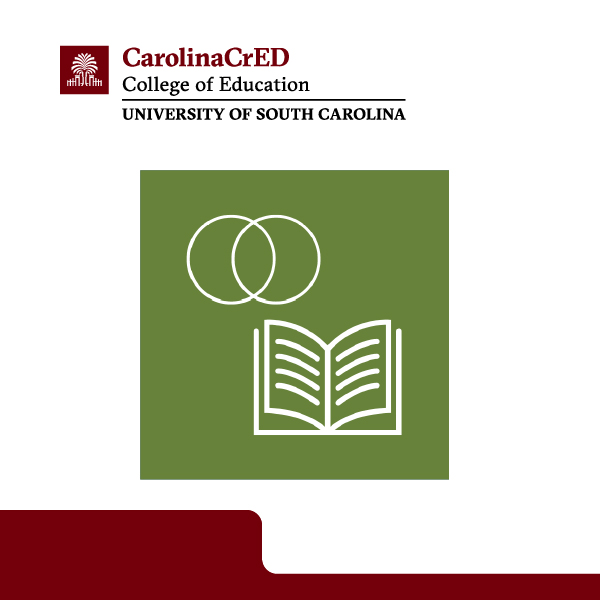
Teaching Compare and Contrast Text Structure
The educator implements a writing mini-lesson demonstrating the identification and use of compare and contrast text structure to comprehend text.
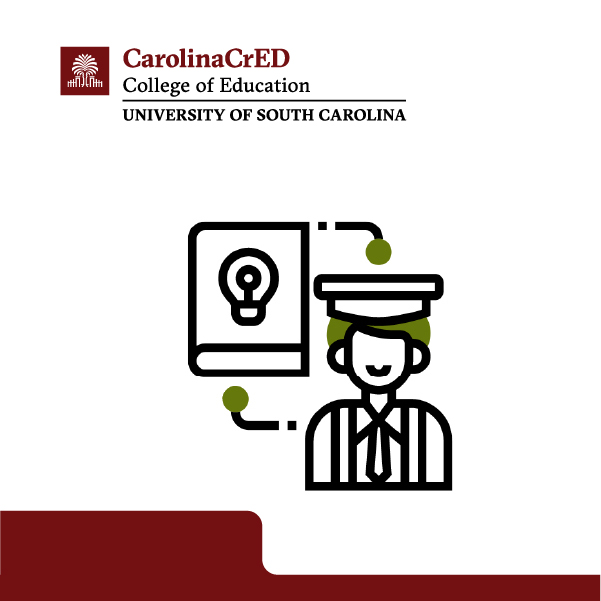
Understanding Students' Needs
The educator uses differentiated instruction practices to display understanding of students' varied needs and anticipated learning difficulties.